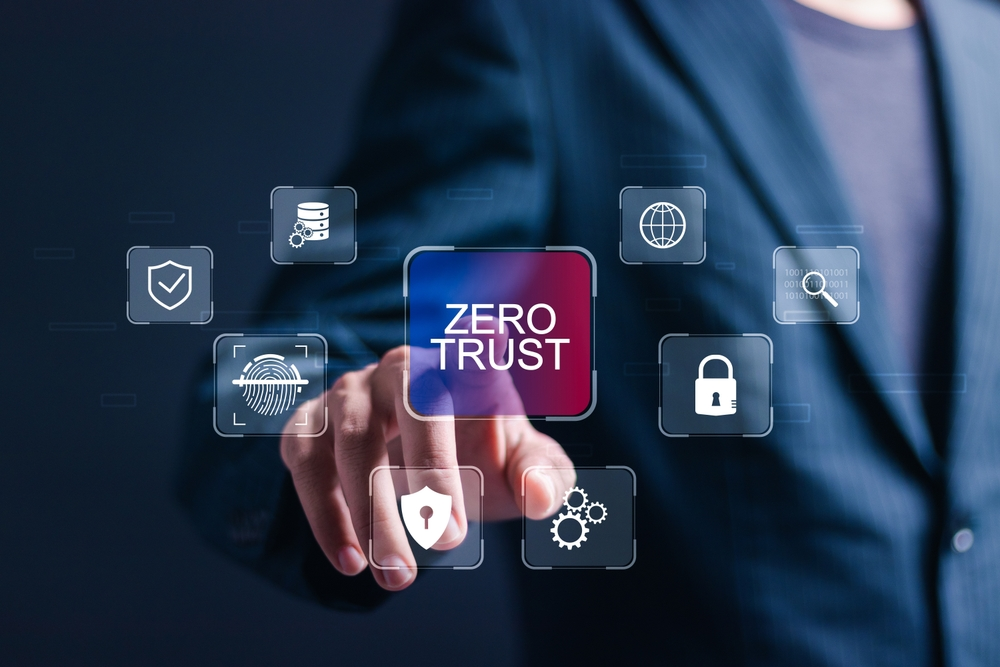In an era of hybrid work, cloud proliferation, and sophisticated cyber threats, the traditional “castle-and-moat” perimeter has become obsolete. For multinational organizations, securing a sprawling global network demands a paradigm shift—and that shift is Zero Trust. By continuously verifying every user, device, and workload, Zero Trust minimizes attack surfaces, enforces least-privilege access, and assumes breach by design. However, rolling out Zero Trust across diverse regions, infrastructures, and regulatory landscapes presents unique hurdles. Below, we explore the key challenges global enterprises face and outline practical solutions to achieve a resilient, scalable Zero Trust architecture.
Understanding Zero Trust at a Glance
Before diving into challenges, let’s recap Zero Trust’s core tenets:
-
Verify Explicitly
Authenticate and authorize every access request based on identity, device health, location, and risk signals. -
Least Privilege Access
Grant users and workloads only the permissions they need—no more, no less—and enforce just-in-time and just-enough-access controls. -
Assume Breach
Segment resources, monitor all traffic, and log all activity so that, when compromise occurs, lateral movement is detected and contained rapidly. -
Continuous Monitoring & Analytics
Use real-time telemetry, threat intelligence, and behavioral analytics to adapt policies dynamically.
Key Challenges in a Global Rollout
1. Infrastructure Heterogeneity
Why It’s Hard:
-
Legacy on-premise data centers, multiple public clouds (AWS, Azure, GCP), and edge locations each have different tooling and logging capabilities.
Impact:
-
Inconsistent policy enforcement and blind spots where Zero Trust controls can’t be applied uniformly.
2. Diverse User Populations & Devices
Why It’s Hard:
-
Employees, partners, contractors, and IoT devices span dozens of countries and languages.
-
Bring-Your-Own-Device (BYOD) and remote-access requirements introduce unmanaged endpoints.
Impact:
-
Varying device hygiene and cultural attitudes toward multi-factor authentication (MFA) complicate identity-centric controls.
3. Regulatory & Privacy Constraints
Why It’s Hard:
-
Data-privacy laws (GDPR, PIPL, CCPA, etc.) and data-sovereignty requirements restrict where logs, identity tokens, and telemetry can be stored and processed.
Impact:
-
Centralized analytics or SIEM deployments may violate local regulations; compliance teams can block critical visibility.
4. Network Latency & Performance
Why It’s Hard:
-
Routing every request through a centralized policy engine or proxy can add latency—particularly for global users accessing local resources.
Impact:
-
Poor user experience, potential workarounds, and shadow IT that undermine Zero Trust.
5. Organizational Silos & Skill Gaps
Why It’s Hard:
-
Security, networking, cloud, and application teams often operate independently—each with its own tools, processes, and priorities.
Impact:
-
Fragmented ownership leads to uneven adoption, policy drift, and duplicated effort.
Solutions & Best Practices
1. Build a Unified Identity Fabric
-
Centralize Authentication: Deploy an enterprise-grade Identity Provider (IdP) with SAML/OIDC federation across all clouds and regions.
-
Enforce Adaptive MFA: Use risk-based triggers (geolocation, device posture, time of day) to step up authentication only when necessary.
-
Integrate Device Trust: Leverage endpoint management (MDM/UEM) or endpoint detection & response (EDR) agents to attest device health before granting access.
2. Leverage Micro-Segmentation & Software-Defined Perimeters
-
Segment East-West Traffic: Implement micro-segmentation within data centers and cloud VPCs using technologies like VMware NSX, Azure Firewall Manager, or open-source Cilium.
-
Adopt a Software-Defined Perimeter (SDP): Enforce access via “black-cloud” overlays that make services invisible unless a user’s identity and device are verified.
3. Deploy Global Policy Orchestration with Local Enforcement
-
Policy-as-Code: Define Zero Trust policies in a declarative, version-controlled repository.
-
Distributed Enforcement Points: Push policies to local proxies or gateways (cloud or on-prem) in each region, minimizing round-trip latency.
-
Automated Compliance Checks: Integrate policy validation into CI/CD pipelines to catch misconfigurations early.
4. Implement Continuous Monitoring & AI-Driven Analytics
-
Federated SIEM/XDR: Use a federated architecture that ingests logs regionally (to satisfy data-residency requirements) but provides a unified dashboard for threat hunting.
-
Behavioral Analytics & UEBA: Employ user and entity behavior analytics to detect anomalies—such as impossible-travel events or privilege escalations—across the global network.
5. Automate with Orchestration & Remediation
-
Security Orchestration, Automation & Response (SOAR): Automate routine tasks like isolating compromised endpoints, revoking credentials, or updating firewall rules.
-
Just-In-Time Privileged Access: Integrate with PAM solutions to grant elevated permissions only when needed and revoke automatically after task completion.
6. Cultivate Cross-Functional Collaboration
-
Zero Trust Center of Excellence (CoE): Form a centralized team representing security, networking, cloud, and application owners to define strategy, share best practices, and resolve blockers.
-
Regional Liaisons: Empower local champions to adapt policies for cultural and regulatory contexts, ensuring both agility and compliance.
Phased Roadmap to Global Zero Trust Adoption
-
Discovery & Assessment
-
Map existing identity stores, network segments, and data flows.
-
Perform a risk-segmentation assessment to prioritize critical assets.
-
-
Pilot Deployment
-
Choose a high-value, bounded environment—such as a regional office or cloud workload cluster—to test identity, segmentation, and monitoring controls.
-
-
Policy Definition & Platform Build
-
Codify Zero Trust policies (who, what, where, when) as code.
-
Stand up enforcement points in each targeted region.
-
-
Scale & Integrate
-
Extend identity federation, micro-segmentation, and proxies to additional regions and workloads.
-
Integrate with IAM, MDM/UEM, SIEM, and SOAR platforms.
-
-
Continuous Improvement
-
Review telemetry monthly to refine risk models and tighten policies.
-
Update training and run tabletop exercises to reinforce the “assume breach” mindset.
-
Conclusion
Implementing Zero Trust across a global network is a complex but crucial undertaking. By unifying identity controls, micro-segmenting resources, distributing enforcement, and automating monitoring and remediation, multinational organizations can achieve consistent, scalable security—while meeting performance, privacy, and regulatory demands. Success hinges not only on technology but on orchestrated collaboration between central and regional teams, underpinned by a clear roadmap and governance structure.
Ready to embrace Zero Trust on a global scale? Share your questions and experiences in the comments below!
